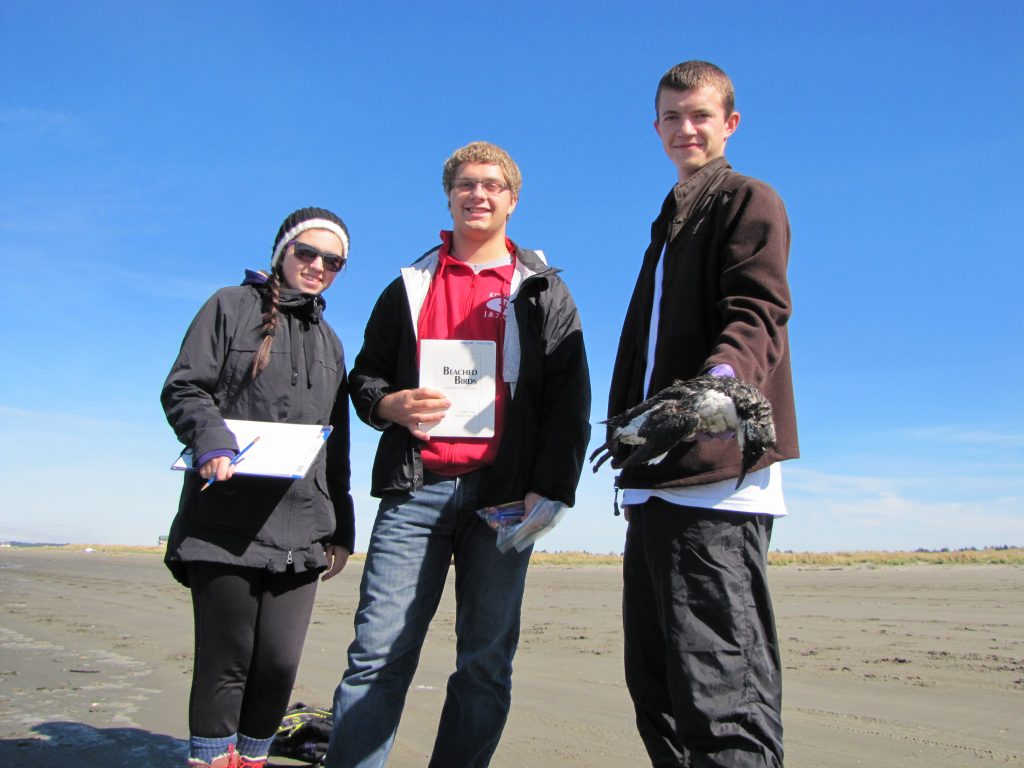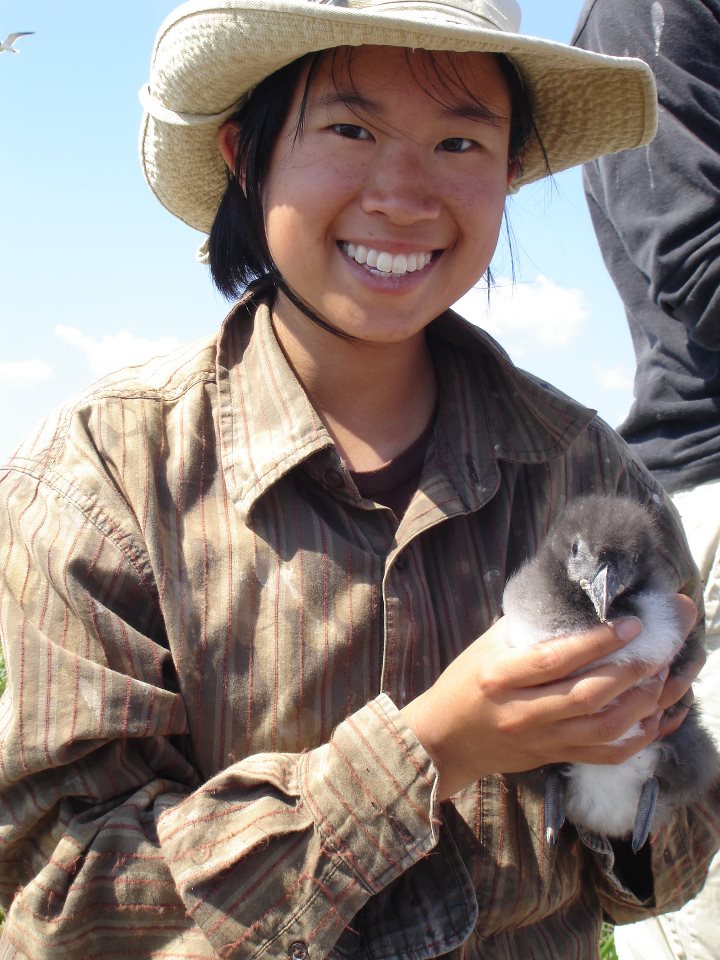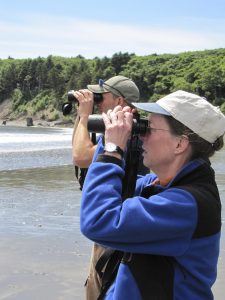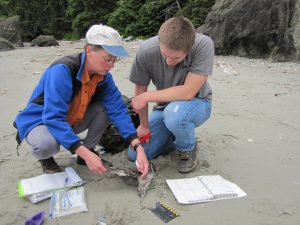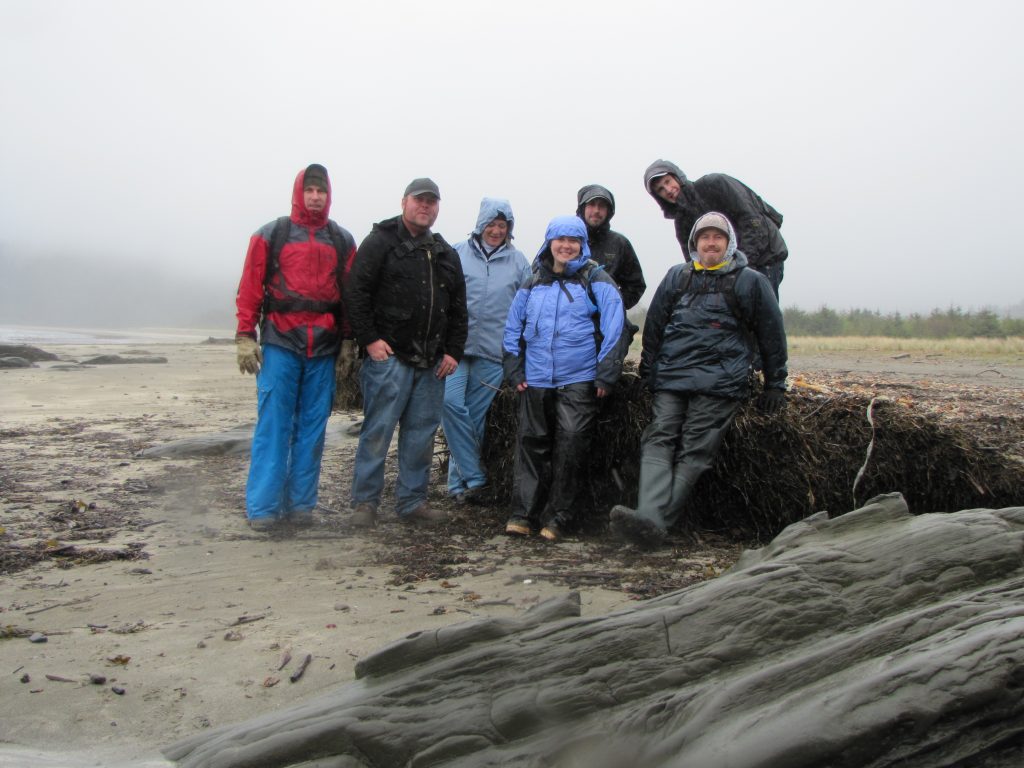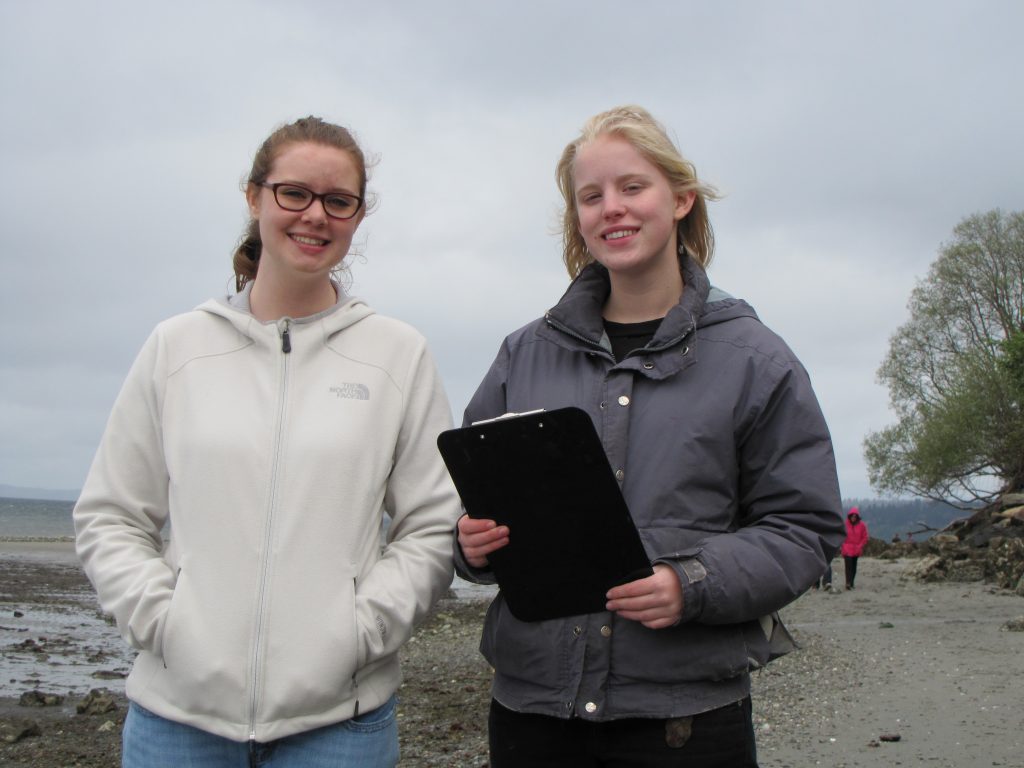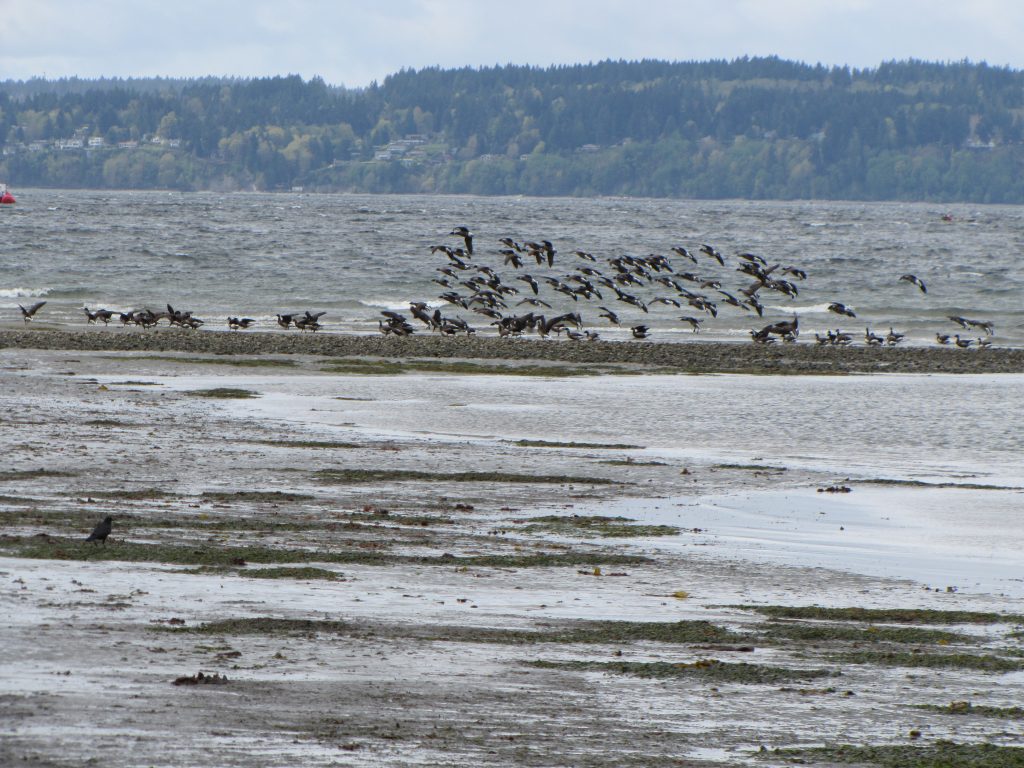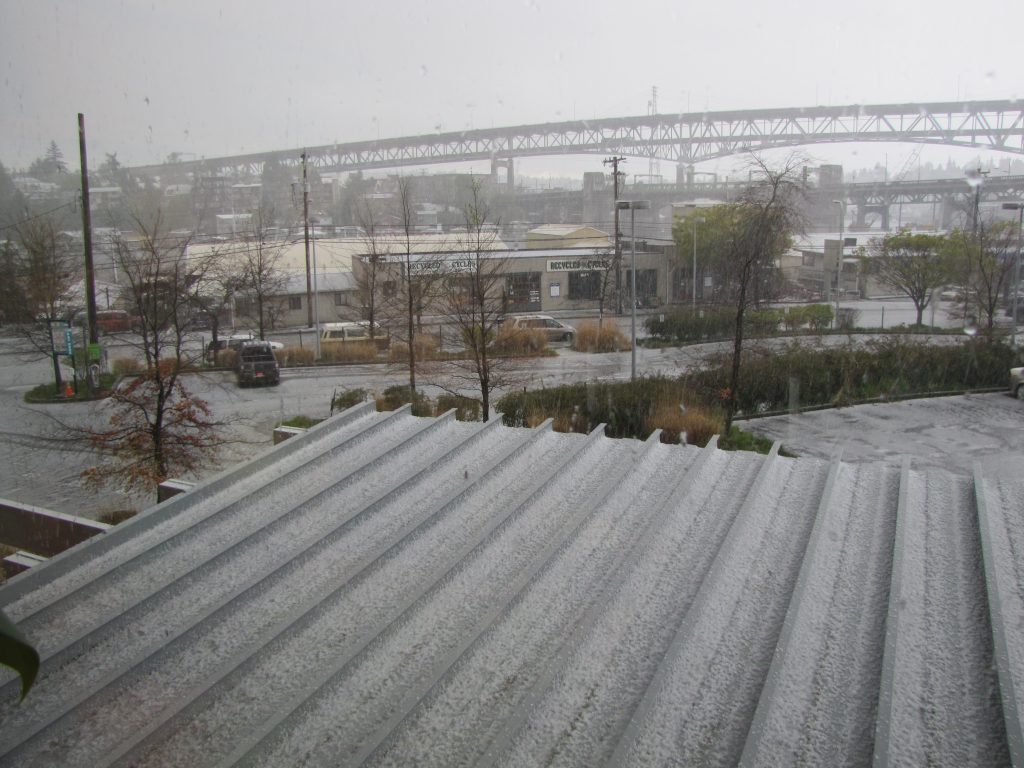
Rosalind shows off an Dolly Varden (Salvelinus alpinus – sometimes referred to as Char, Arctic Char or Bull Trout) from Alaska.
Ever wonder what paths past COASST interns take after their time with COASST? This week, we asked Rosalind, a University of Washington graduate, what adventures she has taken on since interning for COASST.
As Rosalind’s COASST internship came to an end, Rosalind decided to mix things up and accepted an internship with Washington Sea Grant. Rosalind found her internship with Washington Sea Grant to be “a totally different type of internship” compared to COASST. During this internship, Rosalind was responsible for organizing publications and conducting library searches. When asked how this experience influenced her career in the environmental field, Rosalind told COASST, “the experience helped tremendously later on for [her] own research.”
While talking with Rosalind, she emphasized the importance of having connections and the courage to speak with different people about various open opportunities that one could apply for. She gave an example of a time when she once asked our very own Seabird Program Coordinator, Jane Dolliver, if she knew anyone in Taiwan who was involved with Seabird Research. Rosalind, originally from Taiwan, was planning a trip back home and thought it would be interesting to go meet someone while she was there. After being referred to a professor at the National Taiwan Ocean University, Rosalind ended up helping Congratulafins, a non-governmental organization whose mission is to stop shark fining, with their social media and different campaigns.
Now, Rosalind is settled in California where she is working full time at a smart watch company and volunteering for Congratulafins part time. When asked what her next big move will be, Rosalind said she plans “to go back to school in a few years for more fish-related studies.”

